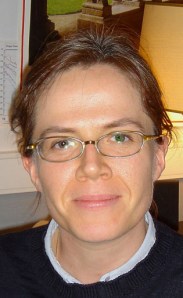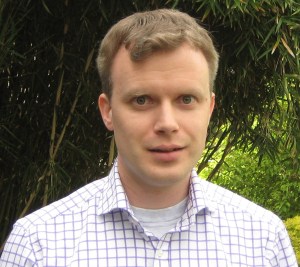
Jan Ambjørn is professor of theoretical high energy physics at the Niels Bohr Institute, University of Copenhagen and at IMAPP, Radboud University.
The Standard Model of particle physics is a quantum theory. It is born quantum. The observations of the weak and the strong interactions were from the beginning linked to quantum phenomena. For gravity the situation is different. Because the gravitational coupling constant is so small compared to coupling constants in the Standard Model, any observations of quantum aspects of gravity have been ruled out so far. Here we will assume that gravity is a quantum theory. However, quantizing gravity has so far turned out to be difficult. That Continue reading










You must be logged in to post a comment.